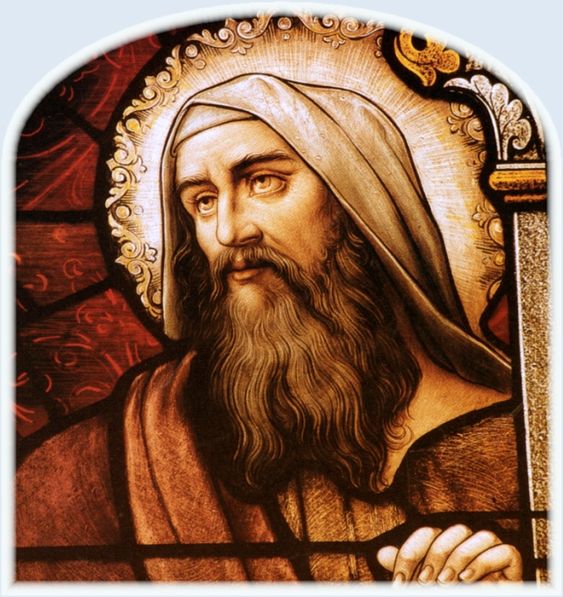Saint Barnabas, Joseph the Levite

Feastday: June 11
Barnabas, the so-called extra apostle, was of Jewish descent from the tribe of Levi, his original name was Joseph Justus and he came from Cyprus, where his parents had a large estate. They sent him to Jerusalem to be apprenticed, like Paul, to the great Rabbi Gamaliel. Although he did not belong to the Twelve, he is still counted among Jesus' first disciples, because of his intensive missionary work for the young church. He should not be confused with Barabbas, the criminal who was released by Pilate instead of Jesus.
Barnabas is still honored in the Hours (The Hours is the common prayer of the church), with its own hymn and antiphons. He is considered one of the founders of the independent Greek Orthodox Church.
Still in Jerusalem he was given the name Barnabas (Son of Consolation) by the apostles and in the year 45 he accompanied St. Paul of Tarsus on his first missionary journeys. First in Antioch, where Jesus' followers were first called Christians, and later in Cyprus, his native land. They wanted to convert the large Jewish community, and although they partly succeeded, they mainly succeeded in converting the Roman governor there, Sergius Paulus. Cyprus became the first country in the world to have a Christian leader.
Barnabas is said to have gone to the island of Cyprus to evangelize it. He is said to have been martyred there near Salamis , not far from present - day Famagusta . The form of martyrdom differs according to the sources: hanging or cremation or stoning.
The site of Barnabas' tomb has long remained unknown. In AD 478, the location is said to have been revealed to Archbishop Anthemios in a dream. At the spot in Salamis (Cyprus) he indicated a tomb was found, which he ordered to be opened. A copy of the Gospel of Matthew was found on the remains found there, proof for the archbishop that they were the relics of Saint Barnabas. According to a well-known tradition, the faithful of Barnabas placed a Gospel of Matthew on his body at his funeral. Anthemios brought the relics to Constantinople to show them to Emperor Zeno. He then declared the Cypriot Church autonomous.
The relics of Barnabas lie in a tomb in the crypt of a chapel belonging to the complex of the former Saint Barnabas Monastery in the Northern Cypriot region of Famagusta. The monastery, built in 477 and rebuilt in 1756, is now a museum and maintained by the Turkish Cypriot state.
Barnabas is patron of Cyprus.